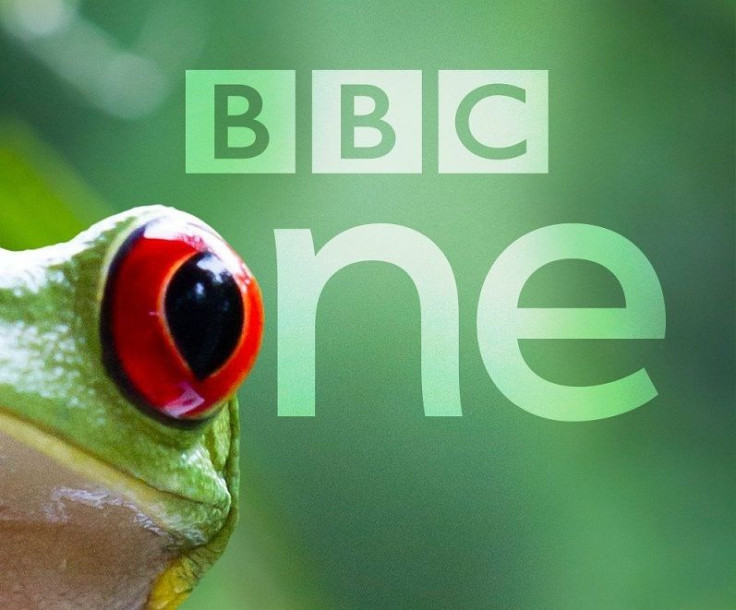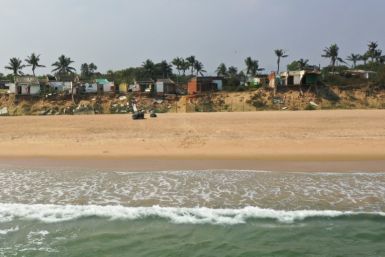BBC ‘Planet Earth II’ update: Episode guide — Mike Gunton talks about what goes on behind the scenes

BBC documentary series “Planet Earth 2” debuted last week and fans seem to be going gaga over it with a whopping 10.6 million viewers for the show’s first episode. The six-episode series took off on Channel 9 in Australia on Feb. 15.
“Planet Earth 2” reportedly took three years to make and has been filmed in over 40 countries with 117 filming trips. The series has been broken into six episodes covering islands, mountains, jungles, deserts, grasslands and sometimes, even cities. After all the hard-work and spending endless hours in the wild, the results have been no less than worthy.
Talking on the aim of creating “Planet Earth 2,” show executive producer Mike Gunton says, “What Planet Earth II is doing is saying ‘Let’s get ourselves into the lives of the animals, and see it from their perspectives.” The show comes almost 10 years after BBC’s “Planet Earth,” a ground-breaking BBC One original series, brought a revolutionary change in the field of wildlife documentary.
BBC “Planet Earth” 2 has been shot entirely in ultra high definition (4K). The crew has made use of high end gadgets — including drones and miniature low-light cameras — to proffer viewers with a closer look at the animals. Per the Daily Telegraph, the most spectacular scenes were taken in the wild when a lioness stalked her prey in Namibia, of the frogs in Costa Rica, of pygmy sloths in Panama and of the spider monkeys in Guatemala.
The report also stated that it was for the first time four very rare snow leopards were filmed together in the Himalayas. It also talked of a rare but hilarious footage of grizzly bears rubbing against trees “like crazy pole dancers” in Canada. Meanwhile, a video showing racer snakes chasing newborn iguanas on the Galápagos Islands has gone viral on YouTube.
Gunton further said that the highest concentration of leopards in the world is in Mumbai, India. He added that the constant efforts from humans’ end to bring “intense concentration of resources, like food and energy” have helped these animals survive so well.
Gunton also talked about the filming in Zavodovski, a small volcanic island in the Sub Antarctic. He said he’s proud of the sequence filmed in the island which is home to the world’s biggest colony of chin strap penguins. “It took us over a year to plan the trip,” he added.
Talking about Sir David Attenborough, Gunton said the show’s host “was very excited about the material we were getting for 'Planet Earth II' because we were able to show him things that were completely new.” He added that it was a “very positive reassurance that you’re on the right track when he thinks it is good.”
“Planet Earth II” debuted in Australia on Wednesday at 7:30 p.m. on Channel 9. Further episodes are yet to be announced for Australia telecast.






